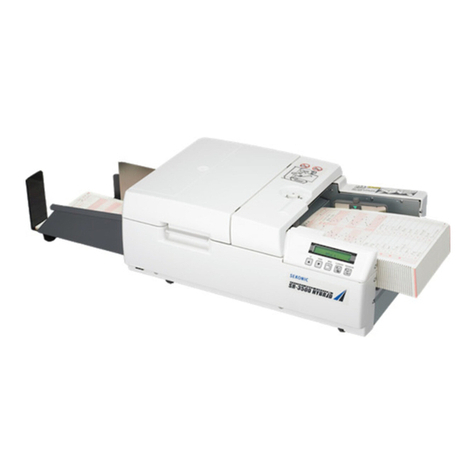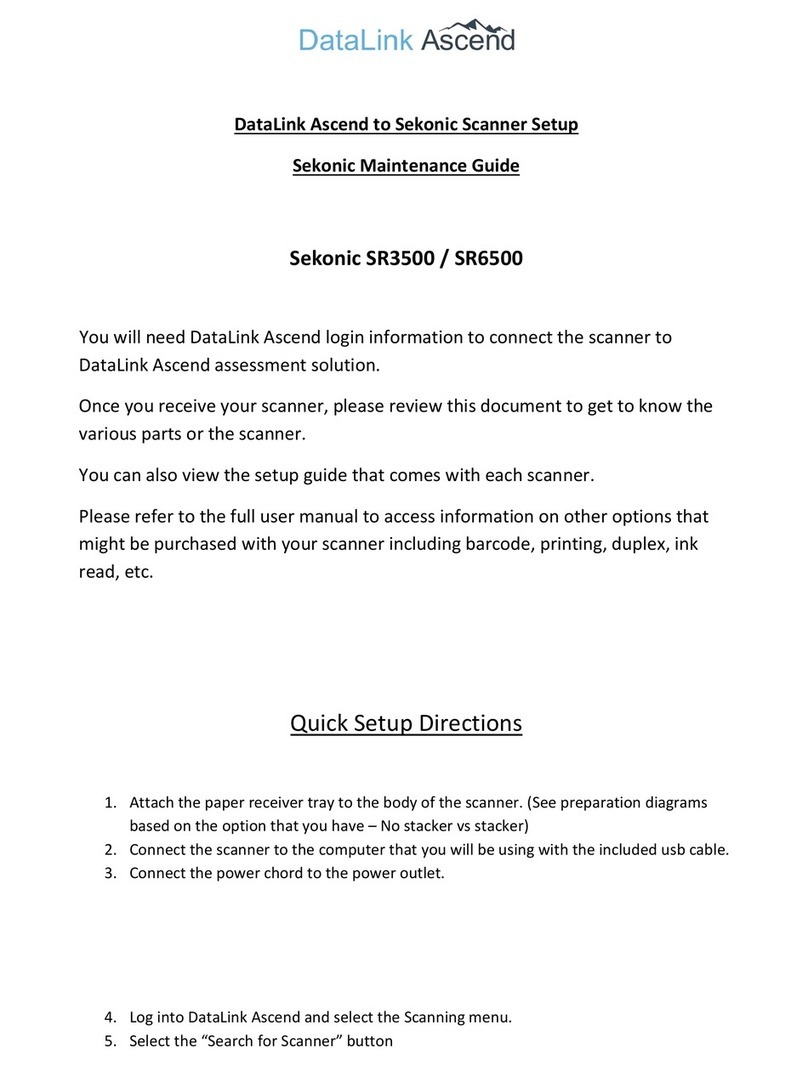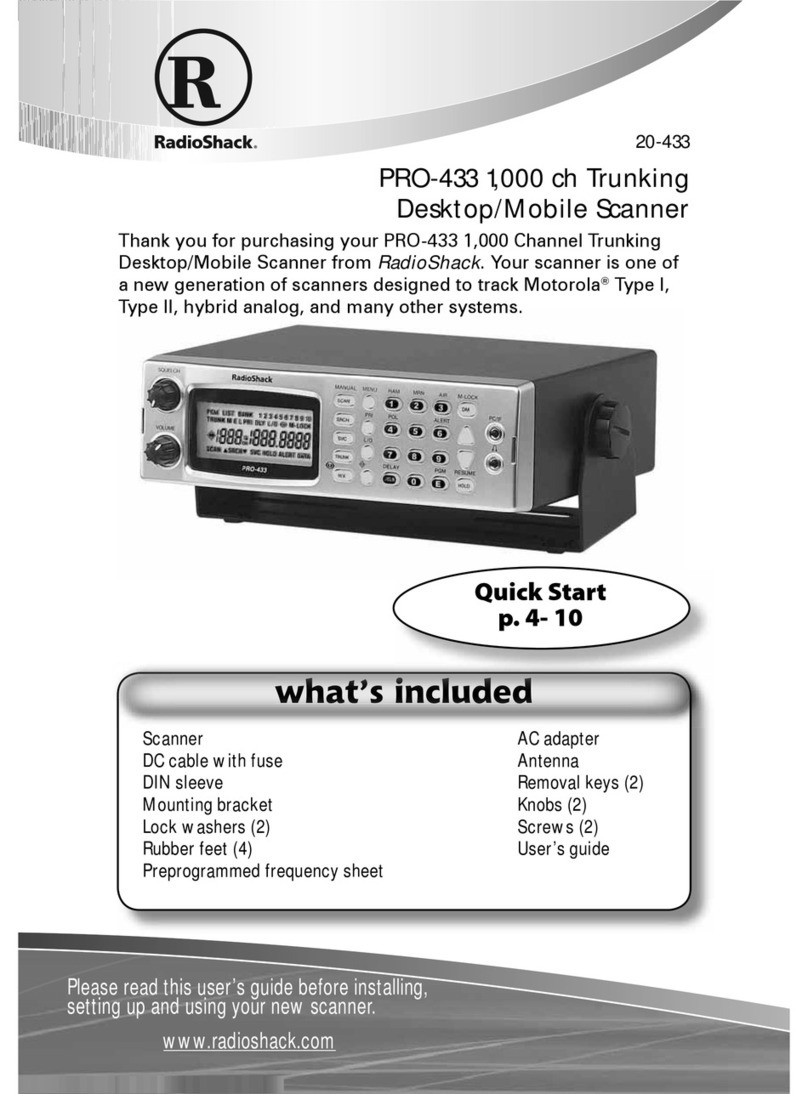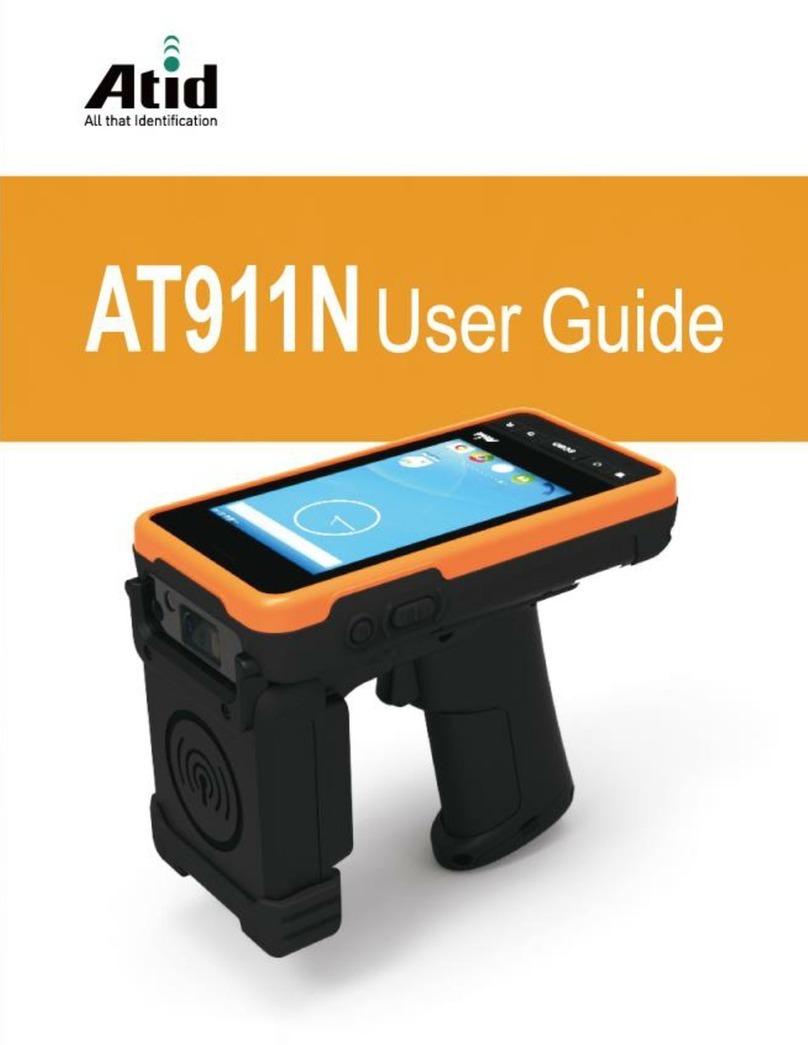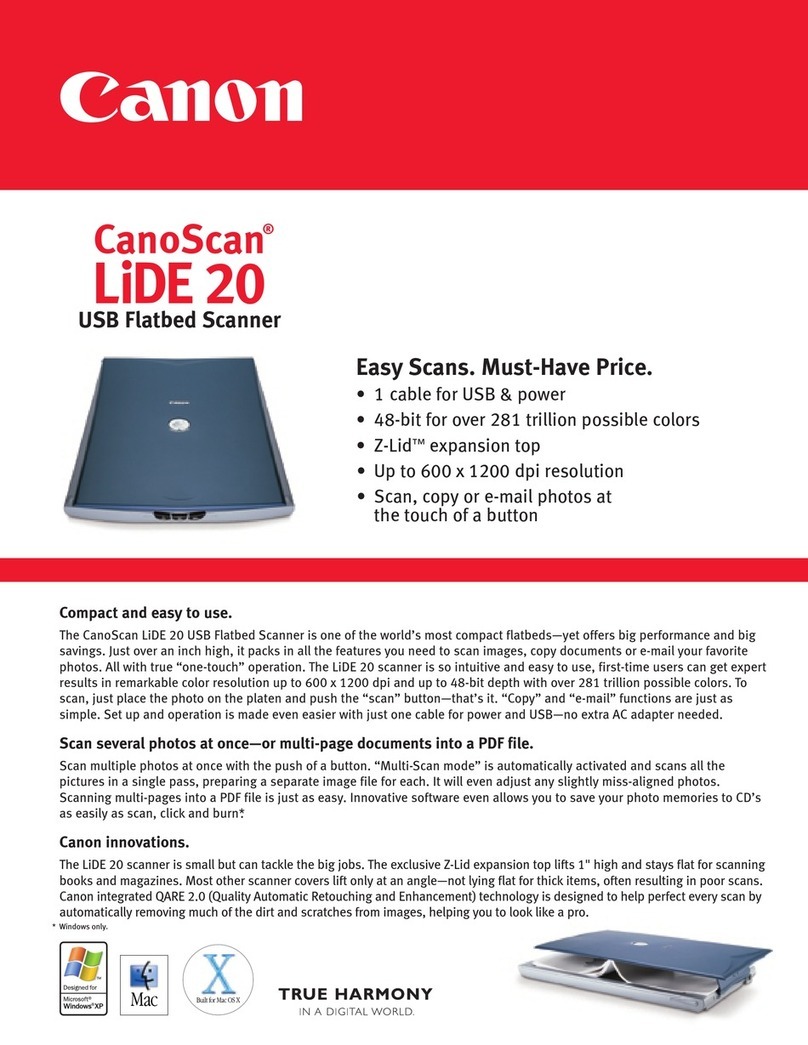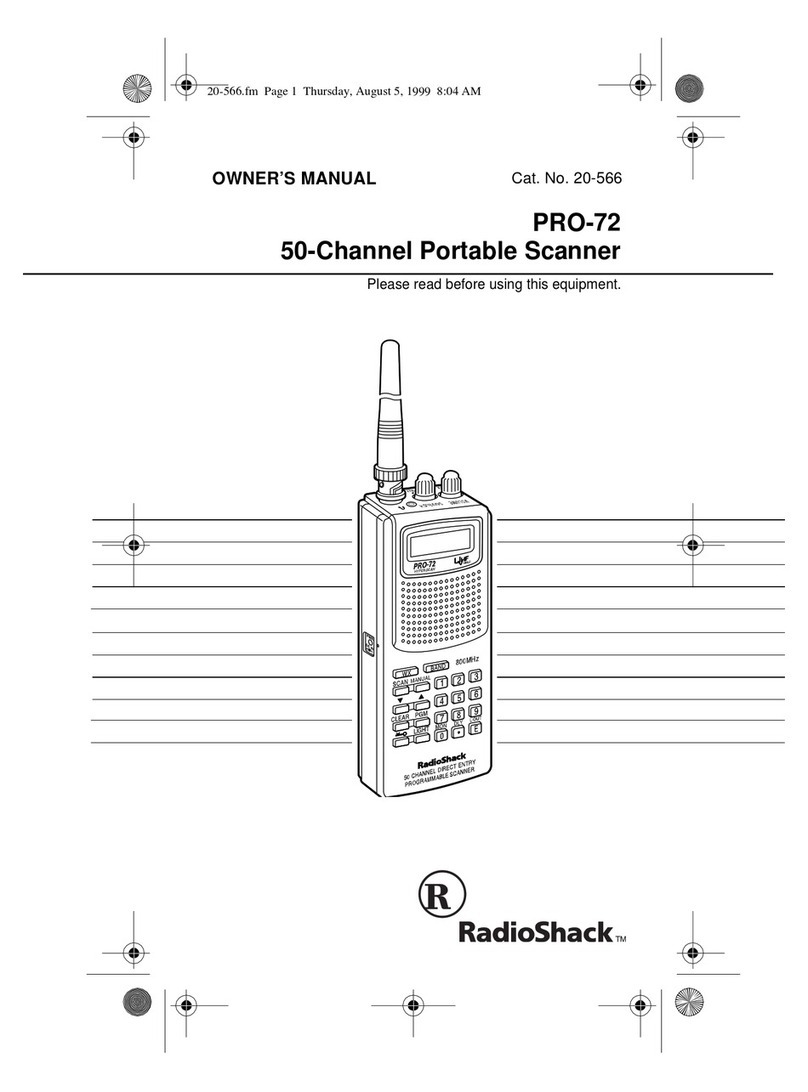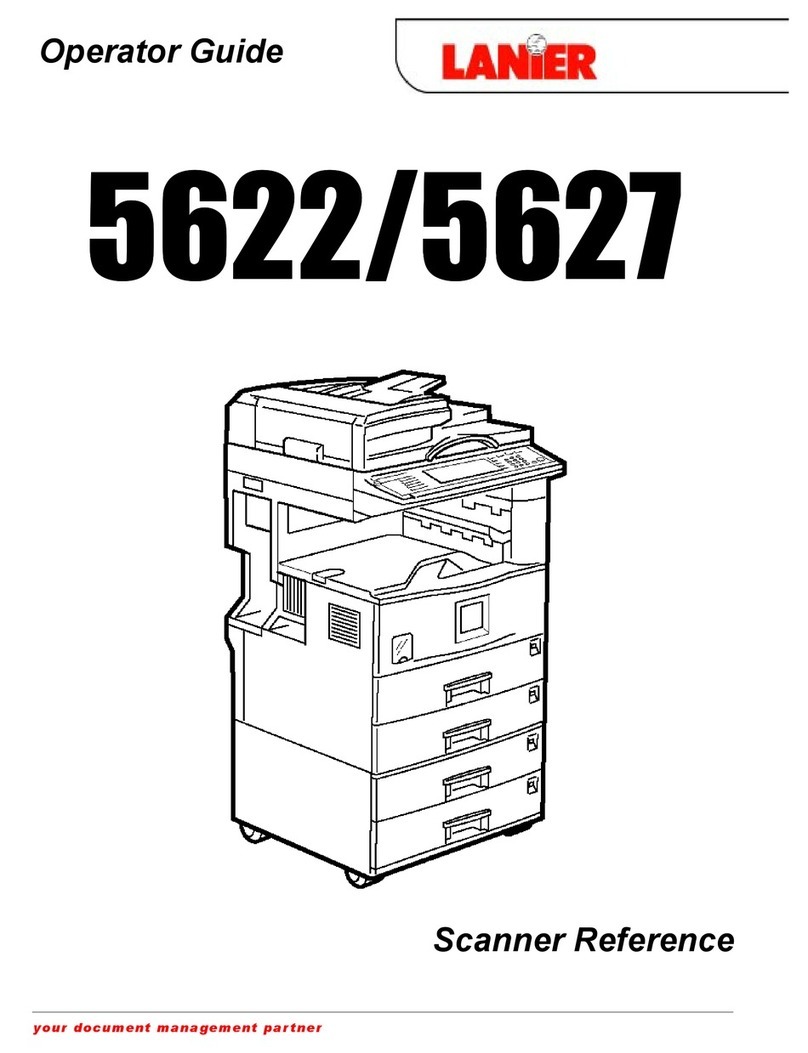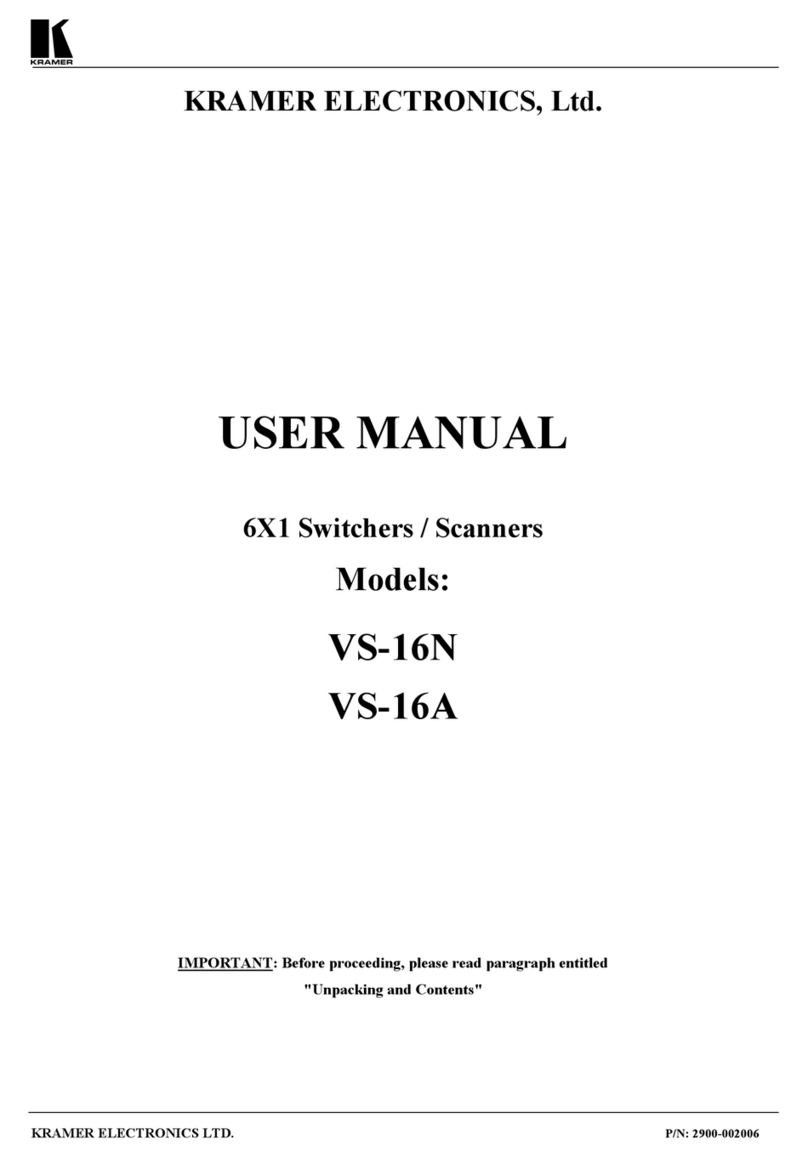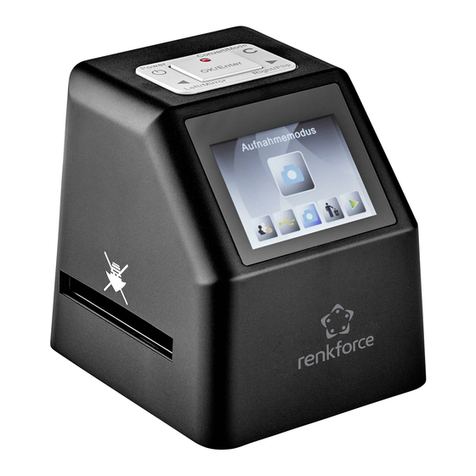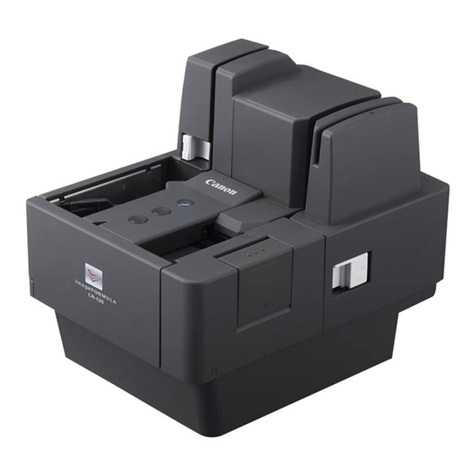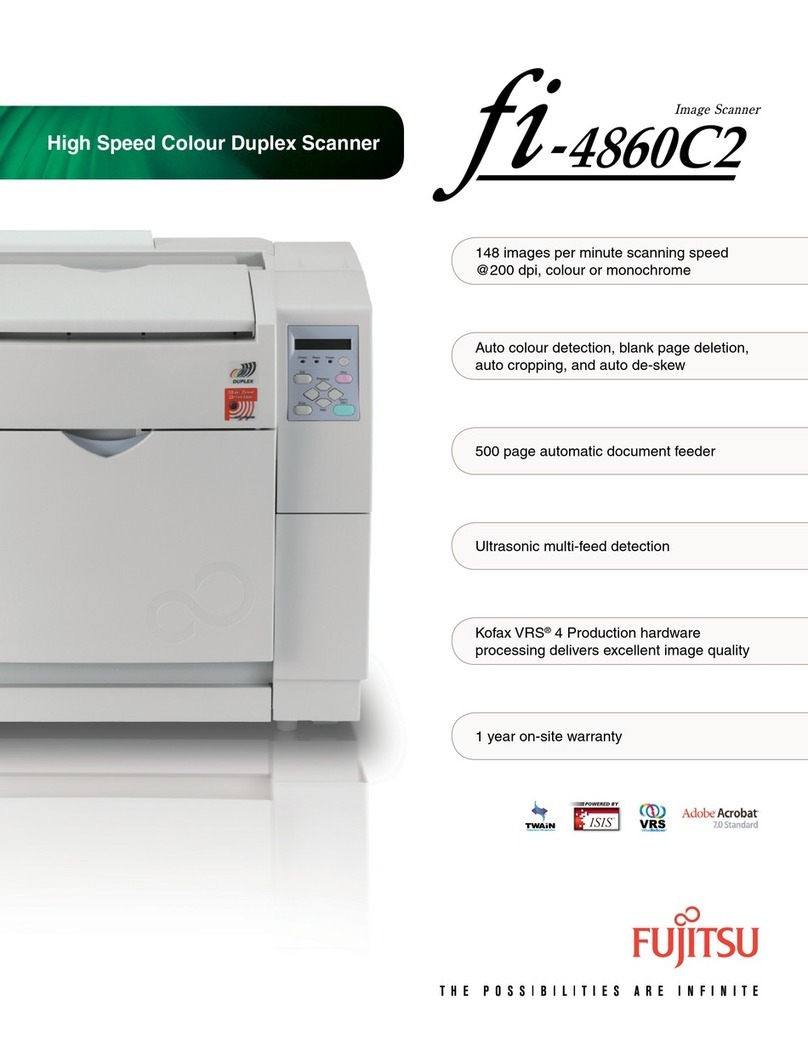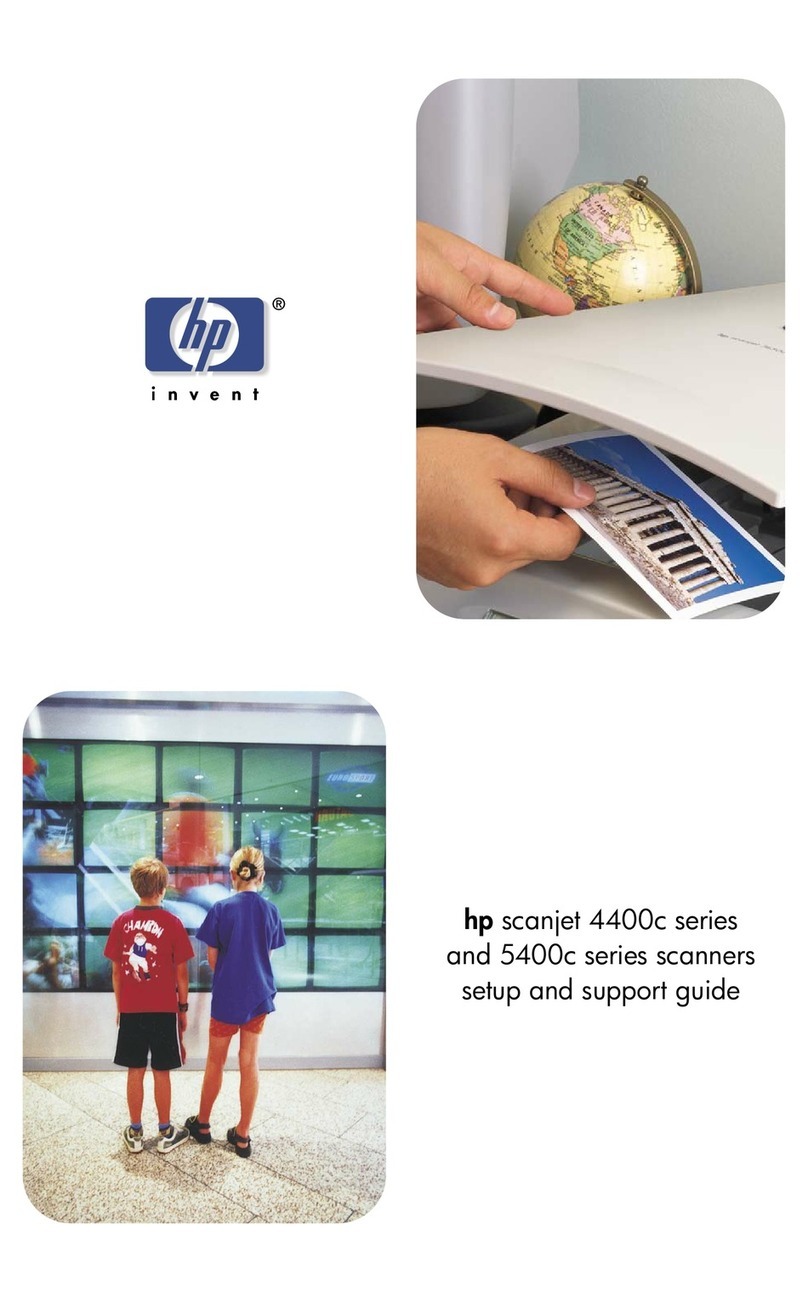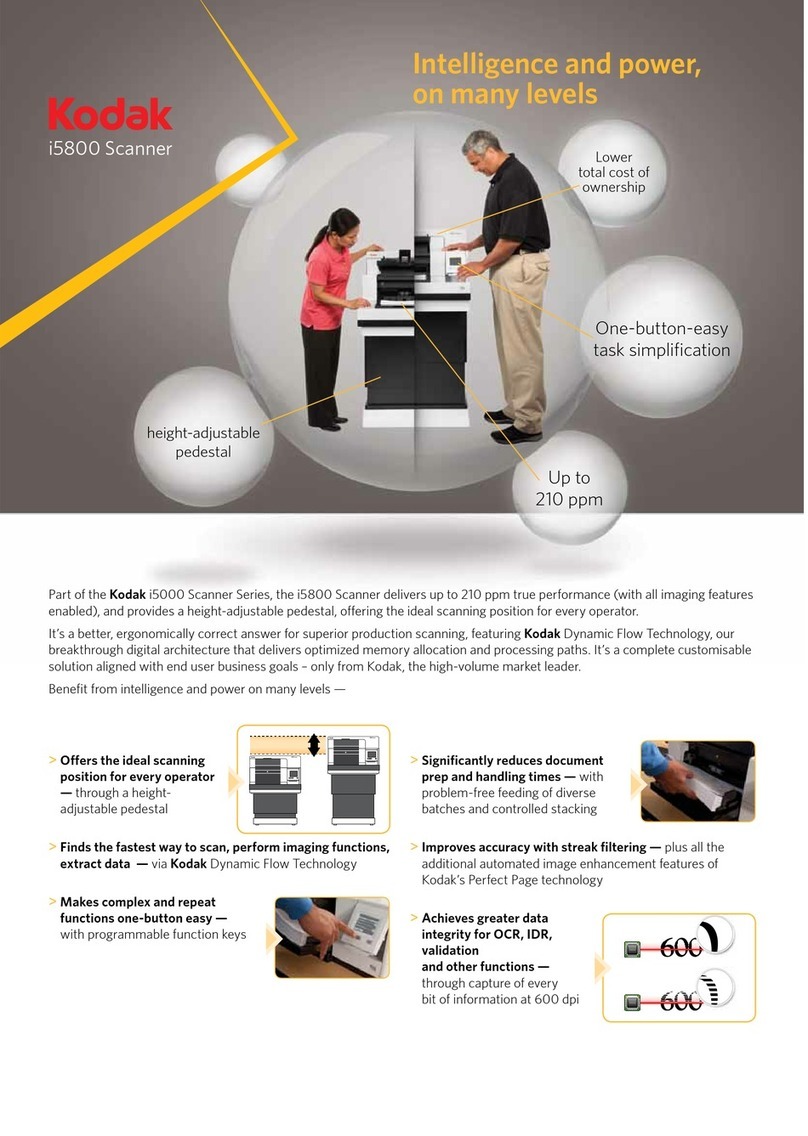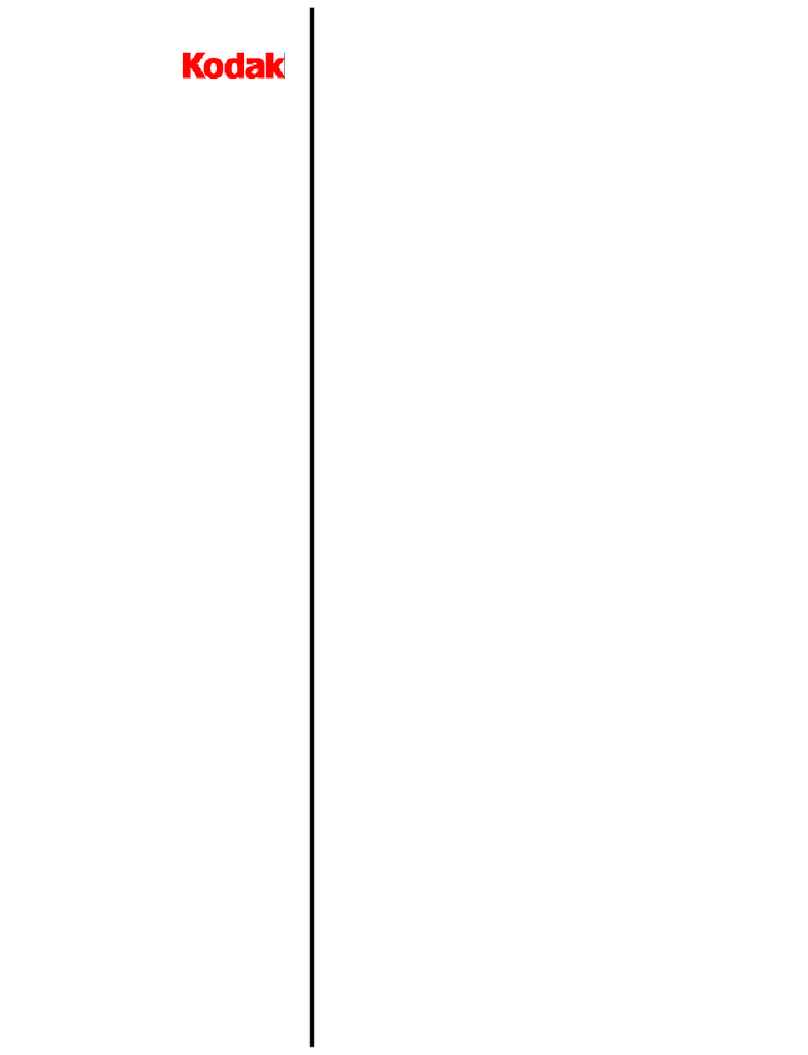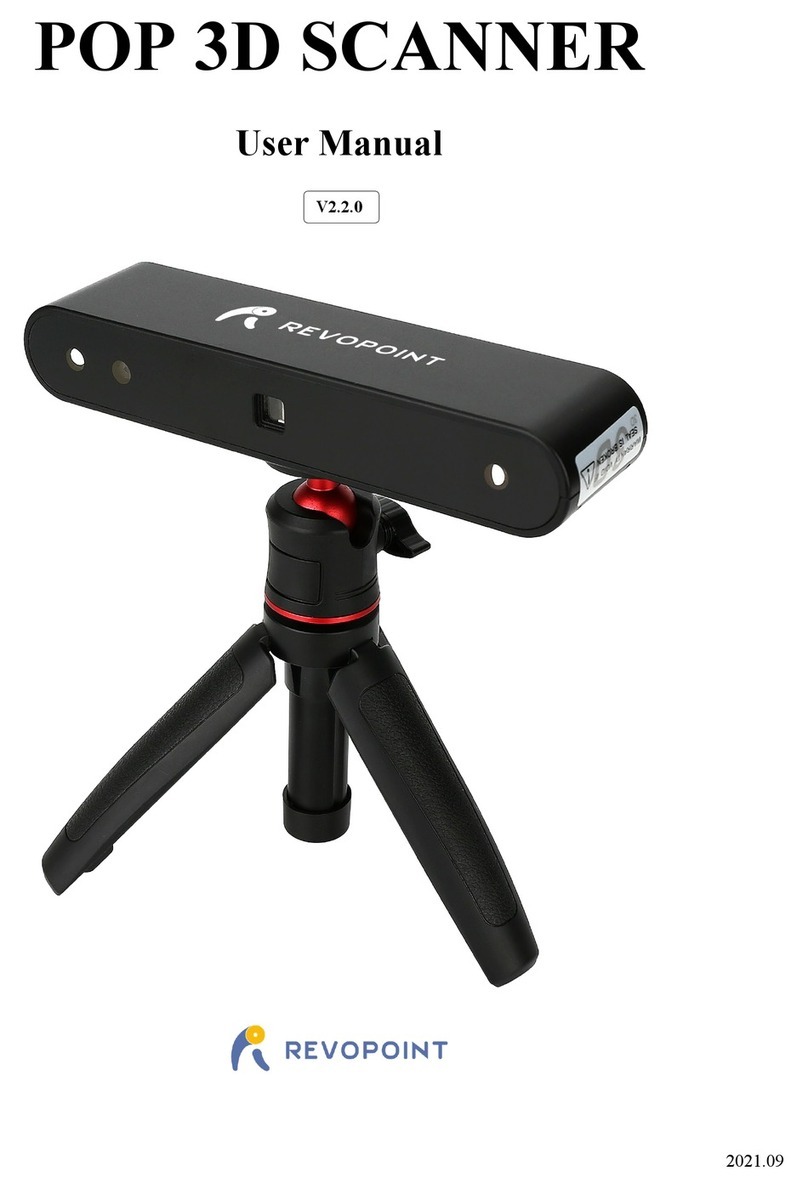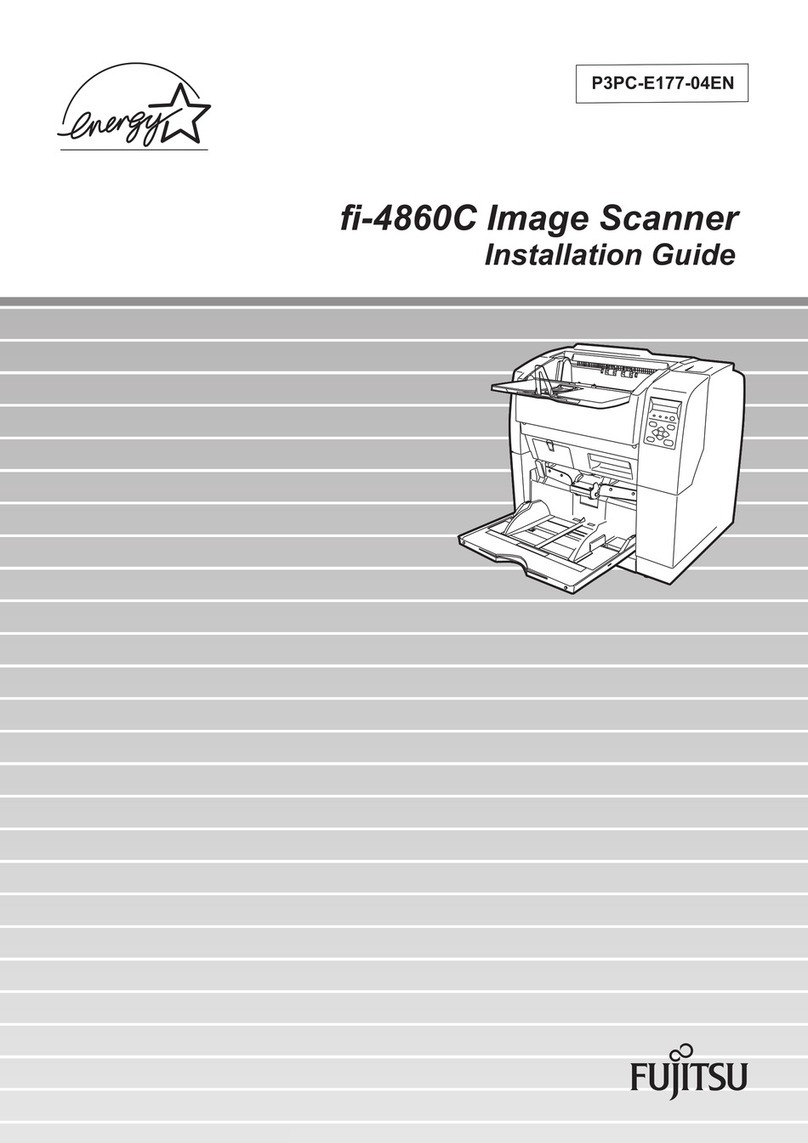Sekonic SR-2300 User manual

-1-
Introduction
Thank you very much for purchasing our product.
Please read the operating manual before using this product, and be sure to use it properly.
After reading this operating manual, be sure to keep it in a place that you can access at any time.
This equipment has been tested and found to comply with the limits for a Class B digital
device, pursuant to Part 15 of the FCC Rules. These limits are designed to provide
reasonable protection against harmful interference in a residential installation. This
equipment generates, uses and can radiate radio frequency energy and, if not installed
and used in accordance with the instructions, may cause harmful interference to radio
communications. However, there is no guarantee that interference will not occur in a particular
installation. If this equipment does cause harmful interference to radio or television reception,
which can be determined by turning the equipment off and on, the user is encouraged to try
to correct the interference by one or more of the following measures:
•Reorient or relocate the receiving antenna.
•Increase the separation between the equipment and receiver.
•Connect the equipment into an outlet on a circuit different from that to which the
receiver is connected.
•Consult the dealer or an experienced radio/TV technician for help.
Introduction

-2-
Table of contents
Table of contents
Safety precautions .............................................................................. 4
Before using ......................................................................................... 7
Warranty ............................................................................................... 8
Precautions for use ............................................................................. 9
Names of parts ................................................................................... 10
B
Operating panel functions and operating instructions ................................. 11
Product specifications ...................................................................... 12
Operation
B
Preparation ........................................................................................................ 13
B
Turning power on .............................................................................................. 15
B
Loading paper ................................................................................................... 16
B
Setting paper weight ......................................................................................... 17
Marking instructions ......................................................................... 18
Connecting to a computer ................................................................ 19
B
USB
1. Operating mode ............................................................................................ 20
2. Interface settings .......................................................................................... 21
B
RS-232C
1. Operating mode ............................................................................................ 22
2. Interface settings
2-1. Setting baud rate .................................................................................. 23
2-2. Setting character bit length ................................................................... 23
2-3. Setting parity ........................................................................................ 24
2-4. Setting stop bit ...................................................................................... 25
2-5. Setting flow control ............................................................................... 25
2-6. Setting character code ......................................................................... 26
Data reading settings
B
Setting column .................................................................................................. 27
B
Setting reading method .................................................................................... 28

-3-
B
Setting min. density level ................................................................................. 30
B
Setting density balance .................................................................................... 31
B
Setting reading side .......................................................................................... 32
B
Setting hopper mode ........................................................................................ 33
B
Setting paper weight ......................................................................................... 35
Error detection settings .................................................................... 36
Buzzer settings
B
Buzzer control ................................................................................................... 38
B
Buzzer sound adjustment ................................................................................ 39
B
Buzzer soundquality adjustment ..................................................................... 40
Displaying various information
B
Displaying the version ...................................................................................... 41
B
Displaying front surface reading sensor data................................................ 42
B
Displaying back surface reading sensor data................................................ 43
B
Display options ................................................................................................. 44
Operating tests
B
Feed test 1 ......................................................................................................... 45
B
Feed test 2 ......................................................................................................... 46
B
Paper weight test .............................................................................................. 47
Cleaning.............................................................................................. 48
B
Cleaning procedures ........................................................................................ 49
Service schedule ............................................................................... 50
External diagram ............................................................................... 51
List of menu modes ........................................................................... 52
Error displays and countermeasures
1. Errors ............................................................................................................ 53
2. Warnings ....................................................................................................... 55
OMR glossary..................................................................................... 57
Appendix
B
Sheet creation reference
Table of contents

-4-
Safety Precautions
Safety Precautions
These “Safety Precautions” pages list various symbols for ensuring safe operation of this product
so as to prevent users or other people from being injured, or property from being damaged.
Read these precautions thoroughly and understand the meanings of the symbols before
proceeding to the main text of this manual.
Warning
Improper operation by neglecting these instructions may result in death or serious
injury.
Caution
Improper operation by neglecting these instructions may result in personal injury
or property damage.
Neglecting these instructions may generate smoke or fire.
Neglecting these instructions may cause electric shock.
Indicates a prohibited action.
Indicates that disassembly or modification is prohibited.
Indicates that the power cord must be removed from the outlet for safe
operation.

-5-
Warning
J
If foreign matter should enter inside, immediately turn the power switch
off and remove the power cord from the outlet. Then, contact the sales
shop or Sekonic. If the device continues to be used with foreign matter
inside, fire or electric shock may occur.
If water or other substances penetrate the unit, immediately turn the
power switch off and remove the power cord from the outlet. Then,
contact the sales shop or Sekonic. If the device continues to be used
with water or other foreign matter inside, fire or electric shock may
occur.
Warning
J
Fire or electric shock may result if this product continues to be used
when there is a strange smell or sound.
In such a case, immediately turn the power switch off and then remove
the power cord from the outlet. After making sure that it is no longer
smoking, ask the sales shop for repair service.
Never attempt to repair by yourself since that may be very dangerous.
J
Do not modify or disassemble this device. That could cause fire or
electric shock.
J
Do not remove the cover from this device. That could cause electric
shock. Ask the sales shop to conduct any internal checking, adjustment
or repair.
J
Do not modify or disassemble the power adapter included in the
package. That could cause a fire or electric shock.
Pay thorough attention to the above instructions. Otherwise, fire or
electric shock may occur.
J
Power adapter precautions
•Do not pull the cord when removing the plug from the outlet.
• Do not use power adapters other than the specified one.
Make sure to use the adapter included in the package.
J
Device precautions
• Do not use it with a supply voltage other than the specified one.
•Do not install it in a place that may be wet with water or oil, steam,
moisture or dust.
•Do not insert or drop any metal, foreign combustible matter, etc.,
into the port.
•Do not place containers with chemicals or water, or small metal
pieces near the device.
J
Do not cover the vent hole. That could cause heat retention, resulting
in fire.
J
If the device is dropped or the cover is broken, immediately turn the
power switch off and remove the power cord from the outlet. Then,
contact the sales shop.

-6-
Caution
Caution
J
Do not put heavy things on the device. Otherwise, it may fall or collapse,
resulting in injury.
J
Do not place the device in an unstable location. Otherwise, it may fall
or collapse, resulting in injury.
J
When opening or closing the upper part of the main body, do not place
your hand on the paper-feeding surface. Otherwise, fingers may be
caught, resulting in injury.
J
If you must touch the paper-feeding surface of the main body, be careful
not to allow your fingers to be caught or hit.
J
When maintaining the device, for your safety be sure to remove the
power cord from the outlet.
J
When the device is not in use for long periods, remove the power cord
from the outlet for safety.
J
Before moving the device, be sure to remove the power cord from the
outlet. If the cable is damaged, fire or electric shock may occur.
J
Do not connect or disconnect the power cord or connection plug with
a wet hand. Otherwise, an electric shock may occur.

-7-
Before using
Before setting up the device, check if all of the following items are included in the package. If
components are missing or damaged, contact the store where you purchased the device.
1. Main body 2. Paper receiver 3. Auxiliary brackets
4. Power cord
For U.S.A
7. CD-ROM
Mark entry sheet:
use it as an example when
designing entry sheets.
Check sheet:
use it for checking OMR operations.
5. Operating manual
(this booklet)
6. A4 check sheets (5 sheets)
A4 mark entry sheets (5 sheets)
8. USB cable
Operating manual
(
paper discharge brackets x 2
)
paper feeding bracket x 1
For Europe
Note)
Refer to the power cord list
for Europe of insertion paper.
Note)
The package doesn’t include a RS-232C interface cable. You may need to
get one depending on your computer port or connection method.
Before using

-8-
Warranty
The cost-free warranty period for this product extends for one year after delivery.
The company will repair malfunctions arising during this period free of charge if they are determined
to be the company’s responsibility. In the event repairs are necessary, as a general rule the
company will keep the product temporarily to carry out such repair work.
Malfunctions and other failures caused by customer misuse will not be covered by the warranty.
For details, please contact the store/agent where you bought the product.
This warranty covers only this product and its accessories, and the company will not assume
any responsibility for monetary damage, lost earnings, or any third-party claims as a result of
using this equipment.
Warranty

-9-
Precautions For Use
Handle the device with the following points in mind to enable full use of its functions.
• Precautions regarding installation
Do not place the device in the following places. Otherwise, failures could result such
as paper jams, reading errors, or the unit could become inoperative.
(1) In direct sunlight or near a heating device.
(2) Outdoors where the main body may not perform satisfactorily due to rain or
strong wind.
(3) A place where the main body may not perform satisfactorily such as it is
subject to vibration while operating, or it is placed in an unstable location.
(4) Places subject to sudden temperature changes, excessive moisture and dust.
Recommended temperature: 10-30°C
Guaranteed operating temperature range: 5-35°C
Humidity: 30-80%
Avoid environments outside the above ranges as much as possible when
placing the device.
• Handling precautions
(1) Do not connect or disconnect the power cord or connector when the device
is operating or the power switch is on.
(2) Do not move the device while it is operating. Also, do not touch, pull, or push
paper.
(3) Do not put objects on the device, or sit or lean on it.
(4) Do not give the device a strong shock.
(5) Allow an interval of at least 5 seconds between turning the power switch on
and off.
(6) Do not insert foreign objects other than paper.
(7) Do not apply force that deforms paper while it is being loaded.
(8) Since the paper reading part is equipped with an optical lens, never insert a
screwdriver or other such objects. (Otherwise, reading may be disabled.) If
paper feeding is disabled due to dust or the like in the paper feeder, open the
top cover to remove it. (
See
“Cleaning” p.48)
(9) If the paper-feeding roller becomes soiled with powder from paper or pencil
lead, the roller and the paper may slip. In order to prevent slippage, clean the
paper-feeding roller at proper intervals. (
See
“Cleaning” p.48)
(10) If the exterior of the device is soiled, lightly wipe with a soft cloth wetted with
water or a neutral detergent. Note that wiping with a cloth wetted with volatile
chemicals like benzene or paint thinner may cause deformation or discoloring.
Precautions For Use

-10-
Names of parts
Names of parts
Side guide
Paper feeding table
(hopper)
Display panel (LCD)
Operating buttons
Lock lever
Power switch
Guide lever lock
Power connector
Paper weight setting dial
Interface

-11-
B
Operating panel functions and operating instructions
The operating panel has five kinds of switches.
The switches don’t work while the machine is performing a function.
There are two modes: normal mode and menu mode.
In normal mode, the machine is connected to a computer and is controlled by commands from
the host.
In menu mode, various settings are controlled by using panel switches.
1.
UP
switch
(1) Normal mode: Raises the paper-feeding table.
(2) Menu mode: Use it to choose menu items and to select parameters. If
you press and hold the switch for one second, menu items
and parameters automatically scroll upward.
2.
DOWN
switch
(1) Normal mode: Drops the paper-feeding table.
(2) Menu mode: Use it to choose menu items and to select parameters. If
you press and hold the switch for one second, menu items
and parameters automatically scroll downward.
3.
MENU
switch
(1) Normal mode: Enters menu mode.
(2) Menu mode: Returns to normal mode.
4.
C
CLEAR/EXIT
switch
(1) Normal mode: If an error occurs, you can clear the error. You can also
cancel the insertion waiting time if the paper-feeding mode
is set for manual paper feeding.
(2) Menu mode: Moves one level higher in the hierarchy from the current
level.
5.
FEED/ENTER
switch
(1) Normal mode: Feeds one sheet. If you keep the switch depressed, paper
is fed as long as the switch is depressed.
(2) Menu mode: Executes the selected menu item.
C
UP DOWN MENU CLEAR/EXIT FEED/ENTER
Names of parts
B
Operating panel functions and operating instructions

-12-
Product specifications
Entry software Yes (optional)
Sensor Reading Single sided, double-sided
(* You need an optional back-surface reading unit for
double-sided reading.)
Darkness levels 16 levels (internal 256 levels)
Light source color Standard: infra red light (940nm)
Optional: visible red light (660nm)
Pitch (inch) 1/6”, 0.2”, 0.25”, 0.3”
(*Changing sensor pitch is optional)
Marking Standard: pencil
Optional: ballpoint pen (black or blue)
Reading marks Filled in, O, X,
Barcode Barcode styles (*Optional barcode unit is necessary to use the barcode function)
JAN/EAN/UPC/NW7/CODE39/CODE128/
ITF/code corresponding to the model of the device
(Vertical: COOP 2 of 5, industrial 2 of 5)
(Horizontal: EAN-128)
Multiple reading function
Maximum 10 per sheet
Error detection function Sheet position detection, multiple sheet feeding detection, skew detection
Printing Printer character types (*Optional printer unit is necessary to use the printing
function)
Alphabet (capital and lowercase letters),
Numbers (0-9), 36 symbols, half-width katakana
PC interface USB (Ver. 1.1) 12Mbps
RS-232C 9,600-115,200bps
Display panel and Display panel (LCD) 20 characters x 2 lines
operating switches Operating switches 5
Hopper capacity 500 sheets (paper weight 105g/m2)
Paper used Paper size IBM card size, postcard size, A5, B5, A4
8.5 inch, 9 inch
Height 110-355.6mm, width 63.5-228.6mm
Paper weight 64-157g/m2
(64g/m2paper should be 148 x 82.55mm or larger)
Paper quality OCR paper, bond paper, recycled OCR paper
(recycled paper composition 50%)
Sheet feeding Feeding speed 480mm/s
Approx. 3,500 sheets/hour
(single-sided using a USB connection)
Sheet discharge Stacker volume 500 sheets (when weight 105g/m2paper is used)
Sorting stacker Yes (*Sorting stacker is optional)
Reverse discharge Yes (*When sorting stacker is used)
Power source AC100-240V, 50Hz/60Hz
Environmental operating conditions Temperature 5-35°C
Humidity 30-80%
External measurements 365(W) x 212(H) x 575(D) mm (when paper receiver is installed 947(D) mm)
Weight 17kg
Noise 55dB(A)(when operating)
* For optional items, see the “SR-2300 Optional Operating Manual.”
Product specifications

-13-
Operation
B
Preparation
1.
Protecting tapes are attached to the main device in the following positions to protect
it from vibration and shock during transportation. Remove the protecting tapes after
placing the device in an appropriate location.
Operation
B
Preparation
2.
Install auxiliary brackets on the paper receiver.
3.
Install the paper receiver on the main device. Hook tabs on the end of the paper
receiver into the slits of the main device’s paper discharge side.
paper receiver auxiliary brackets
Protecting tapes
Protecting tapes
Silica gel

-14-
4.
Connect the power cord to the main device.
5.
Connect the power cord to the power outlet.
Operation
B
Preparation

-15-
B
Turning power on
1.
Turn the power on. The following message appears on the display panel (LCD).
2.
OMR is initialized.
3.
The motor and other components are activated to check startup conditions.
4.
Check if the following message appears on the display panel (LCD).
5.
Error messages may appear between steps
2
and
3
. In case of error,
respond according to the contents of the error message.
Operation
B
Turning power on

-16-
B
Loading paper
1.
Load paper with the timing marks on the left side of the hopper. The hopper is set to
drop when the power is turned on, but if it’s still raised, press the DOWN switch in
normal mode to lower the hopper. At this time, align paper carefully. Pay particular
attention to the leading edges of the paper because feeding errors may occur unless
the paper is properly aligned.
2.
Press the side guide firmly onto the paper so there is no gap, otherwise reading
errors may occur. When moving the side guide, keep pressing the guide lock lever
(green). The side guide is fixed when the lever is released.
Note)
When using paper other than IBM
card size, set the paper-feeding
auxiliary bracket at the bottom
end of the paper.
3.
To see the maximum number of cards that can be loaded into the hopper, refer to the
side guide index. (A maximum of 500 sheets of 105g/m2weight paper.) Note that
overloading may result in paper not feeding, or in reading errors.
Notes)
1) Carefully handle paper so that it is not bent or damaged. If bent or
damaged sheets are used, paper may not feed or reading errors may
occur.
2) Do not use paper in any of the following states:
Soiled or damaged paper, paper to which dust or other foreign matter
adheres, curled paper or folded paper (folded in two, four, etc.)
3) When adding paper, lower the hopper and be sure to reset the paper.
Before using new paper to test paper feeding, be sure to loosen the
sheets as shown in the left figure so as to prevent double feeding when
sheets adhere to each other.
4) When storing paper, avoid keeping it in a place subject to sudden
environmental changes. Pay thorough attention to moisture and keep
paper in a cabinet or other safe place. Do not leave paper in a dusty
place such as near a window.
Timing mark Side guide
Guide lock lever
Operation
B
Loading paper

-17-
B
Setting paper weight (For Double-Feeding Detection)
The device is equipped with a function to detect double-feeding (DF) errors.
Before using the device, match the weight of sheets to be used to paper weight dial
*1and [Paper Weight] of reading setting *2.
*1 Setting paper weight dial (initially set to a paper weight of 105g/m2.)
Align the arrow to the paper weight.
*2 Setting reading (initially set to a paper weight of 105g/m2.)
If the paper weight dial setting is changed, you need to tell the device by using the
control panel.
See
“Setting reading
B
setting paper weight” in this manual. P.35
6
4
8
4
1
0
5
1
2
8
1
5
7
g/m
2
Operation
B
Setting paper weight

-18-
Marking instructions
Marks readable by this device are as follows.
1) Mark size: 0.5 x 3mm (standard mark)
2) Readable writing instruments: pencils (black, HB or darker), ballpoint pens
(black or blue)
3) Readable marks: Filled in, O, X,
4) Readable darkness: PCS 0.6 or darker
Readable mark darkness can be adjusted.
You can check mark darkness using a diagnostic utility included in the
package, so check the darkness of the marks you want to read and adjust
the reading setting.
See
“Reading Settings
B
Setting Reading Sensitivity Level”
in this manual on P.30
“Reading Settings
B
Setting Contrast” in this manual on P.31
Note)
When using a mechanical pencil, make sure to mark with adequate
darkness.
Marking instructions

-19-
Connecting to a computer
This device is equipped with USB and RS-232C interfaces.
When connecting the OMR, you can use the USB or RS-232C interface. When connecting using
USB, use the USB driver software that came with this device.
When replacing the OMR SR-600 series with this device, you can use the RS-232C interface.
When using the RS-232C interface, set the same data transfer speed on this device and the
computer.
Set the computer data transfer speed by checking your computer or software manuals.
See the following pages to set the transfer speed for this device.
USB
Operating mode
^
select SR-2300 mode ...................... P20
Interface setting (device ID setting) .............................. P21
• See P.20 and later when using USB.
RS-232C
Operating mode
^
select SR-600 mode ........................ P22
Interface settings
Setting baud rate ..................................................... P23
Setting cheracter bit length ...................................... P23
Setting parity ............................................................ P24
Setting stop bit ......................................................... P25
Setting flow control .................................................. P25
Setting character code ............................................. P26
• See P.22 and later when using RS-232C.
Connecting to a computer

-20-
Connecting to a computer
B
USB
B
USB
1.
Operating mode
Select the SR-2300 mode as the operating mode.
(1) Press the
MENU
switch to enter the menu mode.
(2) Use the
UP
and
DOWN
switches to select the mode shown below.
Press the
FEED/ENTER
switch to start [Operation Mode] setting.
(“ ” mark flashes in the first column of the first line on the LCD.)
(3) Use the
UP
and
DOWN
switches to select the SR-2300 mode.
Press the
FEED/ENTER
switch to save the selected mode into memory.
(The flashing “ ” mark disappears from the LCD.)
(4) Keep pressing the
C
CLEAR/EXIT
switch until it returns to normal mode,
or press the
MENU
switch to return to normal mode.
Operation mode
setting values
• SR-600 mode
• SR-2300 mode
Table of contents
Other Sekonic Scanner manuals

